Mastering Manufacturer-Approved Repair for Electric Vehicles
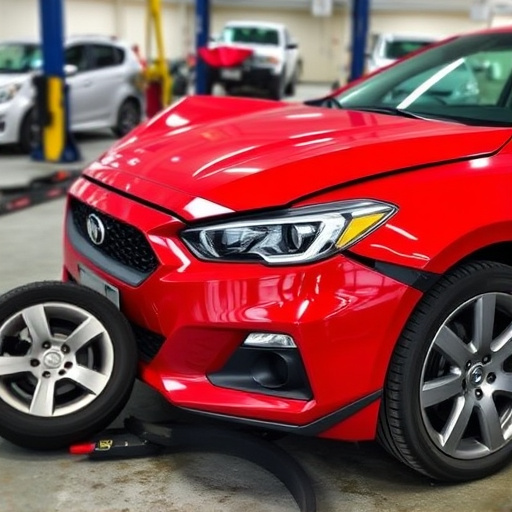
Adhering to manufacturer-approved repair standards for EVs, hybrids, and luxury cars ensures safety,…….
In an era where sustainability and resource efficiency are at the forefront of global discussions, the concept of manufacturer-approved repair (MAR) has emerged as a game-changer in the product lifecycle management landscape. MAR refers to the process by which manufacturers support and encourage customers to repair their products rather than replacing them with new ones. This innovative approach not only extends the lifespan of goods but also holds significant economic, environmental, and social implications. In this comprehensive article, we will delve into the intricacies of MAR, exploring its global impact, technological advancements, policy frameworks, and potential challenges. By the end, readers will gain a profound understanding of why manufacturer-approved repair is not just a trend but a necessary step towards a more sustainable future.
Manufacturer-approved repair is a strategic initiative where original equipment manufacturers (OEMs) provide tools, parts, instructions, or direct support to facilitate the repair of their products after the warranty period expires. It involves a collaborative effort between manufacturers, retailers, and consumers to promote a circular economy by reducing electronic waste (e-waste). The core components of MAR include:
The concept of MAR has evolved over time, driven by growing environmental concerns and changing consumer attitudes. In the past, the focus was primarily on product disposal and replacement, leading to a significant surge in e-waste. However, with the rise of sustainability awareness, manufacturers started recognizing the potential benefits of extending product lifespans.
Historically, the repair process often involved disassembling products, which could be complex and time-consuming, especially for electronic devices. Early MAR efforts focused on providing basic replacement parts to simplify repairs. Over the years, technological advancements have enabled more sophisticated repair solutions, making the process easier and more accessible.
The significance of MAR lies in its potential to:
The concept of manufacturer-approved repair has gained global traction, with various countries embracing this approach to address environmental concerns and promote sustainable practices. The impact and trends vary across regions:
Europe: The European Union’s (EU) Waste Electrical and Electronic Equipment (WEEE) Directive has encouraged manufacturers to adopt MAR strategies. Many EU companies offer extended warranties and repair services for their products, with some even providing collection points for old devices. For instance, Apple’s “Renewal Program” in Europe offers discounted repairs and upgrades, reducing the need for customers to replace their devices.
North America: In the US, manufacturers like Samsung and Apple have introduced robust MAR programs. These companies provide replacement parts, tools, and technical support, allowing customers to repair their products at home or through authorized service centers. Canada has also seen a rise in similar initiatives, with some retailers offering repair services for various brands.
Asia Pacific: China, Japan, and South Korea have been leading the way in MAR adoption. Chinese manufacturers, in particular, have embraced digital solutions to facilitate remote repairs and provide access to extensive knowledge bases. Japanese companies like Sony and Panasonic offer detailed repair manuals and replacement parts, fostering a culture of DIY repairs among consumers.
Emerging Markets: Countries in Latin America, Africa, and Southeast Asia are also witnessing the emergence of MAR programs. These regions often face unique challenges, such as limited access to technical expertise, but local initiatives are gaining momentum through community-driven repair workshops and collaborative efforts between manufacturers and local organizations.
Several regional trends are shaping the global MAR landscape:
The economic implications of manufacturer-approved repair are significant, impacting various sectors:
The economic landscape of MAR presents both opportunities and challenges:
| Opportunity | Challenge |
|---|---|
| Revenue Generation: Manufacturers can generate additional revenue through parts sales, service fees, and extended warranties. | Initial Investment: Implementing MAR programs requires significant upfront investment in infrastructure, training, and marketing. |
| Customer Retention: Repair services enhance customer satisfaction and loyalty, reducing the need for constant product replacements. | Supply Chain Complexities: Ensuring a consistent supply of genuine parts and tools can be challenging, especially for specialized products. |
| Environmental Impact: Reducing e-waste and conserving resources contribute to long-term economic sustainability. | Competition with Used Market: Repairs may compete with the market for refurbished or used products, potentially impacting sales. |
| Job Creation: Repair services create new job opportunities in technical support, training, and retail sectors. | Regulatory Compliance: Navigating varying international regulations can be complex, requiring legal expertise and ongoing monitoring. |
Technological advancements have revolutionized the manufacturer-approved repair process:
The future of MAR lies in further integrating technology to create seamless, efficient, and personalized repair experiences:
The development of manufacturer-approved repair is influenced by various policies and regulatory frameworks:
Policies and regulations play a crucial role in shaping the MAR landscape:
Despite its numerous advantages, manufacturer-approved repair faces several challenges:
To address these challenges, the following strategies can be employed:
Apple has been a pioneer in MAR with its “Renewal Program” across Europe. This program offers customers the option to repair their devices at authorized service providers or through Apple Stores. The company provides replacement parts, tools, and detailed repair manuals, allowing customers to perform certain repairs themselves. As a result, Apple has reduced the number of products sent for disposal and extended the lifespan of its products in the region.
Sony launched a comprehensive DIY repair program in Japan, empowering consumers to repair their electronic devices. The company offers detailed repair manuals, video tutorials, and genuine replacement parts through its website. This initiative has been well-received, with many Japanese consumers embracing the “do-it-yourself” approach. Sony’s program has also contributed to reducing e-waste and fostering a culture of product longevity in the country.
Germany has implemented a successful take-back program for electrical appliances, including smartphones and tablets. Major manufacturers participate by offering free collection services for old devices, ensuring proper disposal or recycling. This program has led to increased consumer trust in brands that prioritize environmental responsibility.
The future of manufacturer-approved repair looks promising, with several growth areas and emerging trends:
Keep an eye out for these emerging trends:
Manufacturer-approved repair represents a significant shift in how we manage products throughout their lifespans. By empowering consumers to repair rather than replace, MAR offers a sustainable solution to the global e-waste crisis. The concept has evolved from simple part provision to a comprehensive approach that includes digital support, collaborative models, and policy interventions.
As technological advancements continue to shape this industry, we can expect more efficient, personalized, and accessible repair experiences. Governments, manufacturers, retailers, and consumers all play crucial roles in driving the success of MAR initiatives. By embracing these changes, we can create a more sustainable future while fostering a deeper connection between products and their owners.
Q: How does MAR benefit manufacturers?
A: Manufacturer-approved repair provides several advantages, including increased customer loyalty, reduced replacement costs, and potential revenue streams from parts sales and extended warranties. It also contributes to a more sustainable image for the company.
Q: What role do governments play in promoting MAR?
A: Governments can incentivize manufacturers through tax benefits, subsidies, or grants. They can also establish environmental regulations, set repair standards, facilitate partnerships, and launch public awareness campaigns to support MAR initiatives.
Q: Can customers trust that genuine parts are used for repairs?
A: Yes, manufacturers often provide certification or tracking systems for replacement parts, ensuring their authenticity. Blockchain technology can be employed to create an immutable record of part origins, enhancing transparency.
Q: How does MAR impact the job market?
A: MAR creates new job opportunities in technical support, training, retail, and logistics sectors. It also contributes to upskilling existing employees as they adapt to new technologies and processes.
Q: What are some common challenges for small businesses implementing MAR?
A: Small and medium enterprises (SMEs) may face initial setup costs, lack the resources for marketing repair services, and compete with counterfeit parts. However, government incentives and collaborative partnerships can help overcome these challenges.

Adhering to manufacturer-approved repair standards for EVs, hybrids, and luxury cars ensures safety,…….
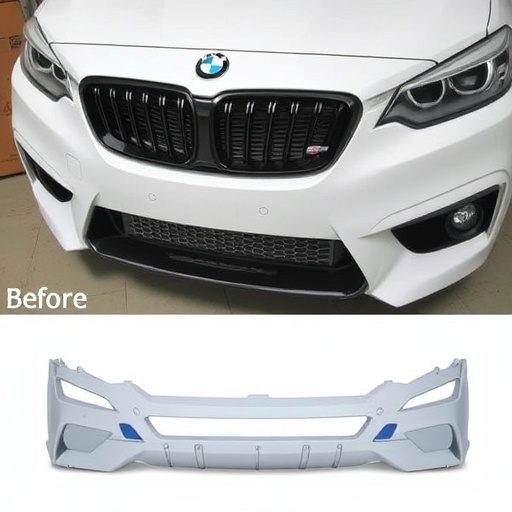
Choosing manufacturer-approved repairs ensures vehicle safety, quality, and longevity. It saves cost…….

Manufacturer-approved repair programs ensure luxury vehicles receive top-tier care using endorsed pa…….

Shops aiming manufacturer-approved repair status must meet stringent brand criteria for parts and te…….

When seeking reliable manufacturer-approved repairs, check for official accreditations like IAA to e…….

Manufacturer-approved repairs for EVs, hybrids, and luxury vehicles ensure performance, safety, and…….
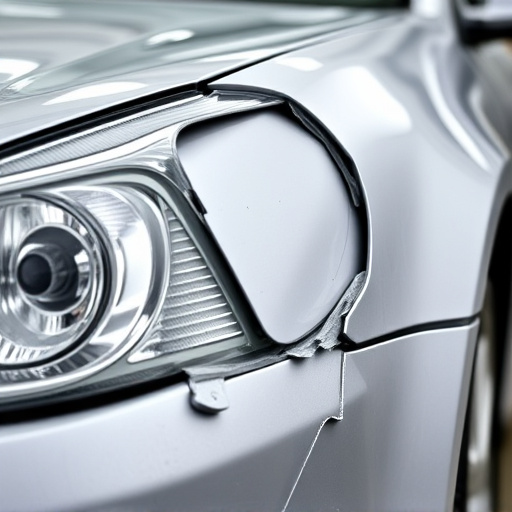
Adhering to manufacturer-approved repair procedures ensures top-quality, reliable collision repairs…….
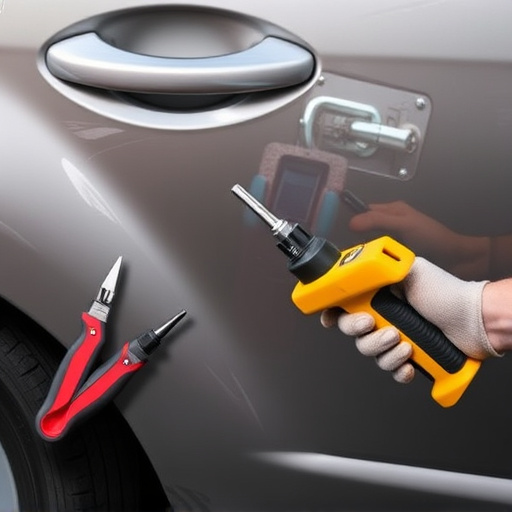
Insurance companies favor manufacturer-approved repairs due to quality and safety concerns, ensuring…….
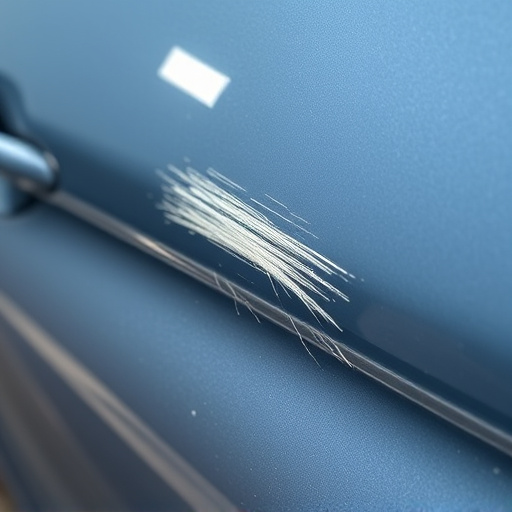
Manufacturer-approved repairs follow standardized procedures guided by car manufacturer guidelines t…….